Design: Furniture / Spain
Home advantage
Move over, Ikea. How Spanish brands are taking over your home.
Brands from Italy and Scandinavia have long dominated the global furniture market. The latter has become renowned for producing work under the banner of “democratic design”, creating functional contemporary furniture that is also excellent value for money. But it might soon face some stiff competition – at least, if brands and industry bodies on the Iberian Peninsula get their way.
In a sector where durability and wellbeing are becoming increasingly crucial to consumers, Spain is emerging as a country that is redefining what functional quality furniture looks and feels like. Established luxury firms such as Andreu World, Kettal and Vondom are being joined by some more accessibly priced direct-to-consumer brands including Kave Home, The Masie and Sklum. There are newly emerging forces too: think fashion brand turned homeware and furniture specialists Zara Home.
According to the Spanish National Association of Furniture Manufacturers and Exporters (Anieme), international sales in the Spanish sector grew by 3 per cent in 2023, surpassing €3bn. Firms in Catalonia, where the likes of Kave Home are based, and the Valencian Community account for more than 50 per cent of these exports. Galicia, where Zara Home is headquartered, also stands out with sales from brands in the territory growing by a notable 10.5 per cent over the past year. In short, these regions, deeply rooted in craft and tradition, are producing furniture brands that are catching the eye of an increasingly broad and international client base. Here, we meet three of the key players – the fashion brand, the family firm and the fair – that are driving these shifts in the industry and new growth in Spain. —
the fashion brand
Zara Home
A Coruña
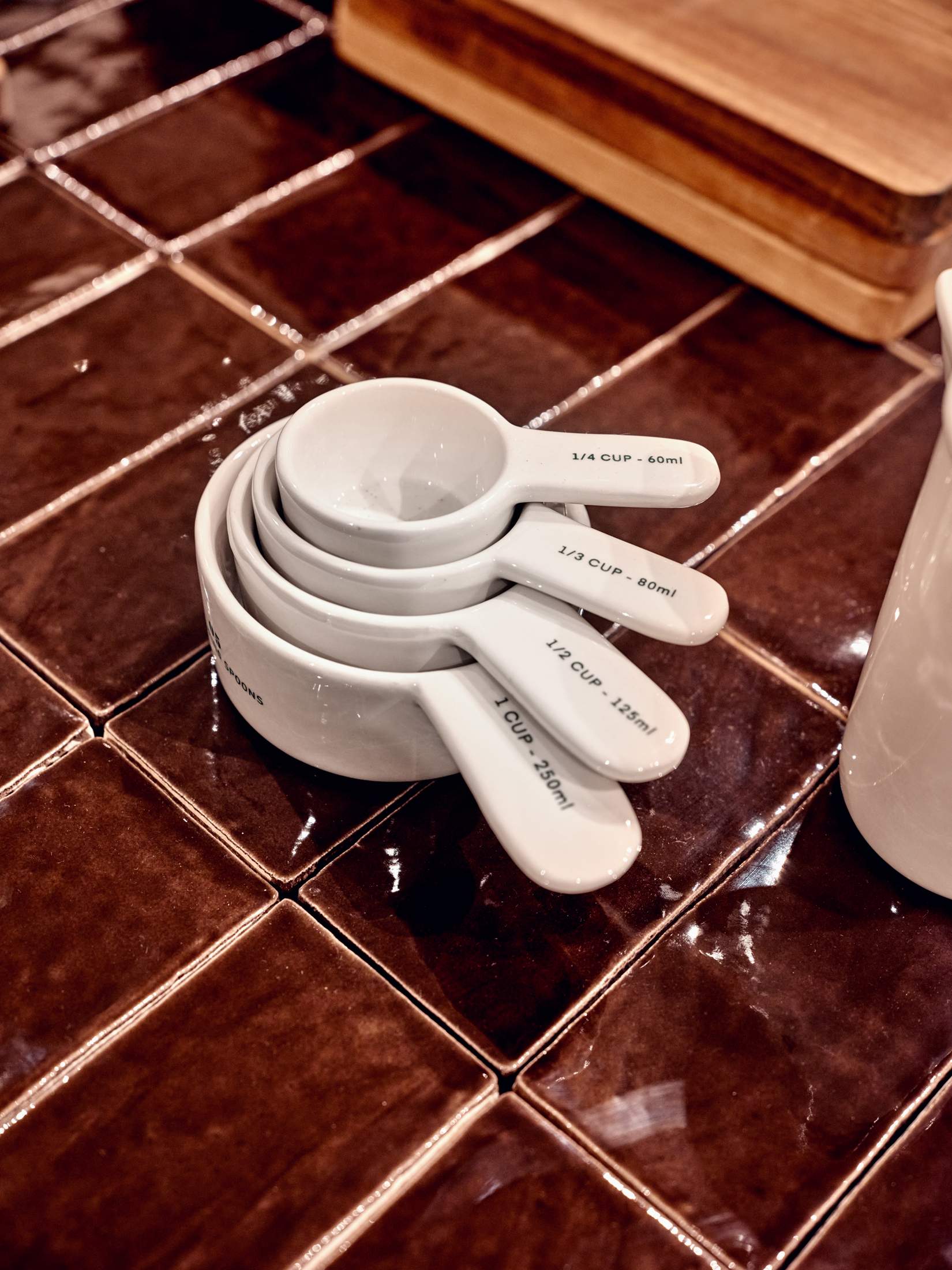
Traditional furniture manufacturers are not the only companies responding to a global surge in demand for Spanish furniture. For years, fashion retailers have been slowly expanding into the homeware market, blurring the lines between clothing and interiors. Now they’re eyeing up furniture too.
A case in point is Inditex, Spain’s most valuable company and the world’s largest apparel and accessories retailer, best known for fast-fashion juggernaut Zara. Its home décor and furnishings division, Zara Home, has been quietly growing, with its revenue increasing by 7.2 per cent to €18.1bn in the first half of 2024.
Established as a division of Zara in 2003, Zara Home’s model for growth starkly contrasts with the fast-fashion ethos. Instead of throwaway trends, it has embraced a concept closer to what some are calling “affordable luxury”, offering high-quality homeware as well as furniture by top designers. This shift is perfectly encapsulated in its collaboration with Vincent Van Duysen, which has been ongoing since 2022. Perhaps best known as the creative director of Italian furniture powerhouse Molteni&C, the Belgian designer has created collections for Zara Home that include elegant sofas, desks and rugs, with pieces crafted from materials such as oak and solid brass. Many of these are produced in Spain and available at accessible price points. A Van Duysen-designed Zara Home armchair will set you back €1,200 – much less than the eye-watering “price on request” tags used by high-end furniture brands working with designers of the same ilk.
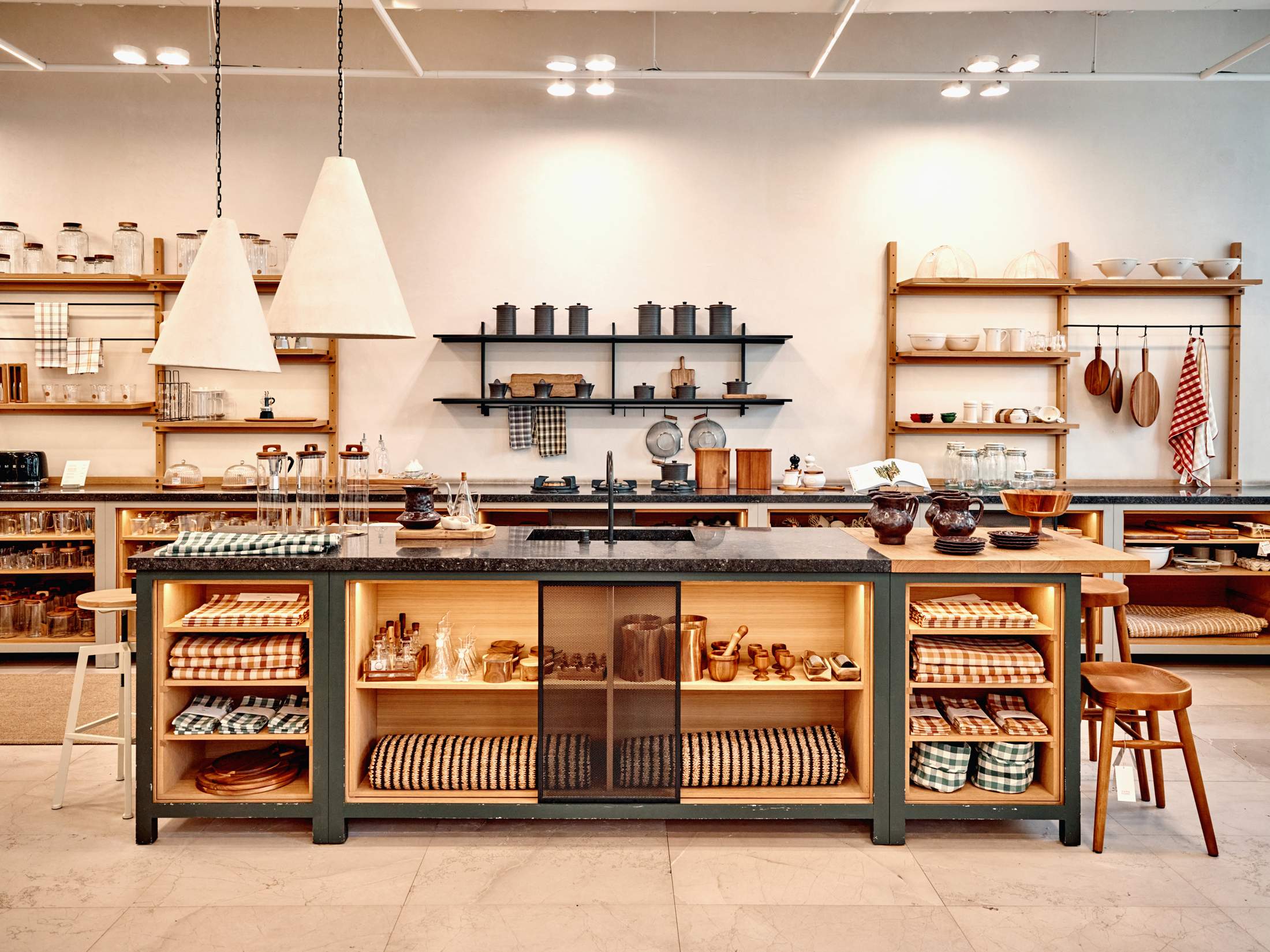
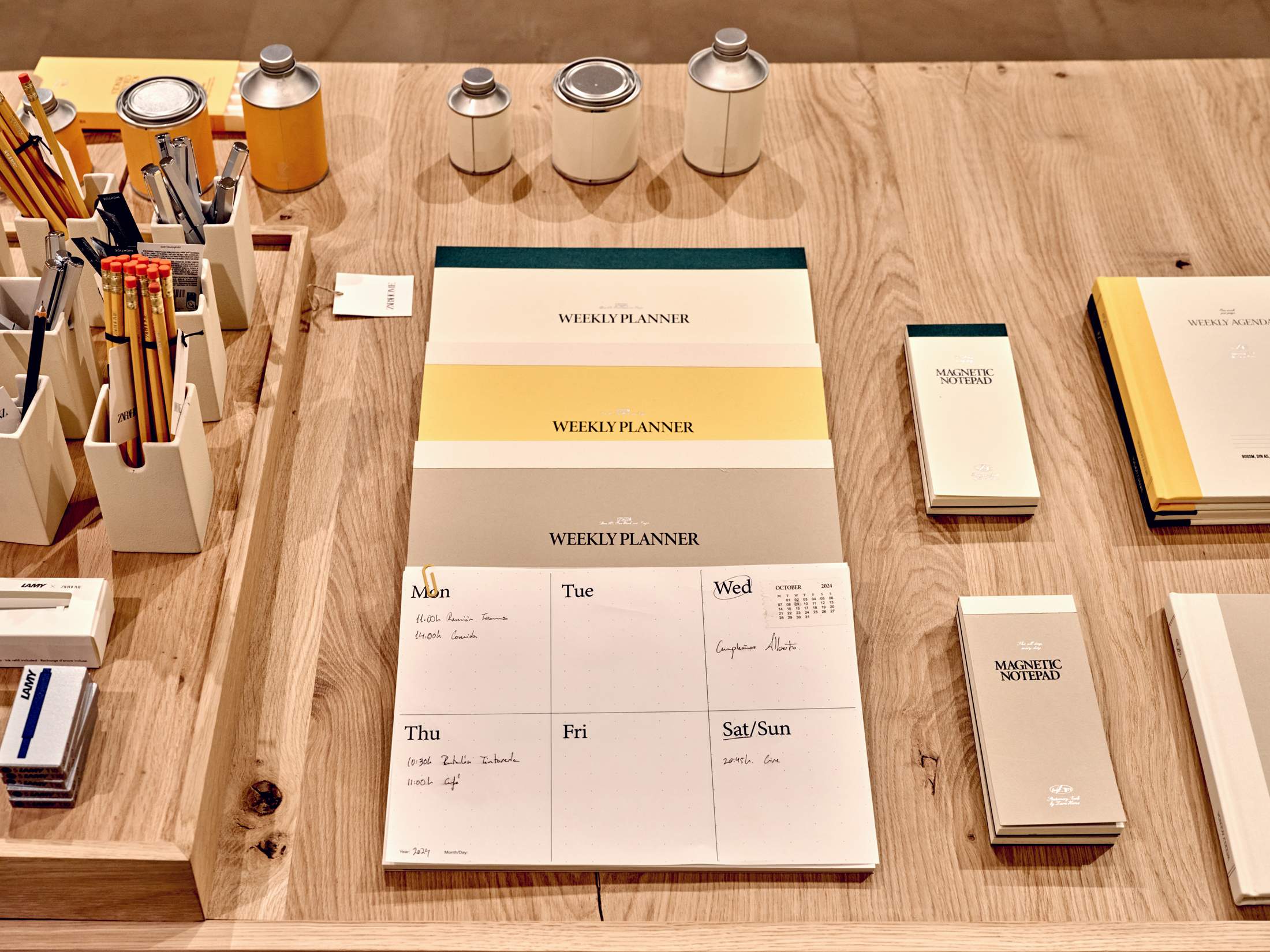
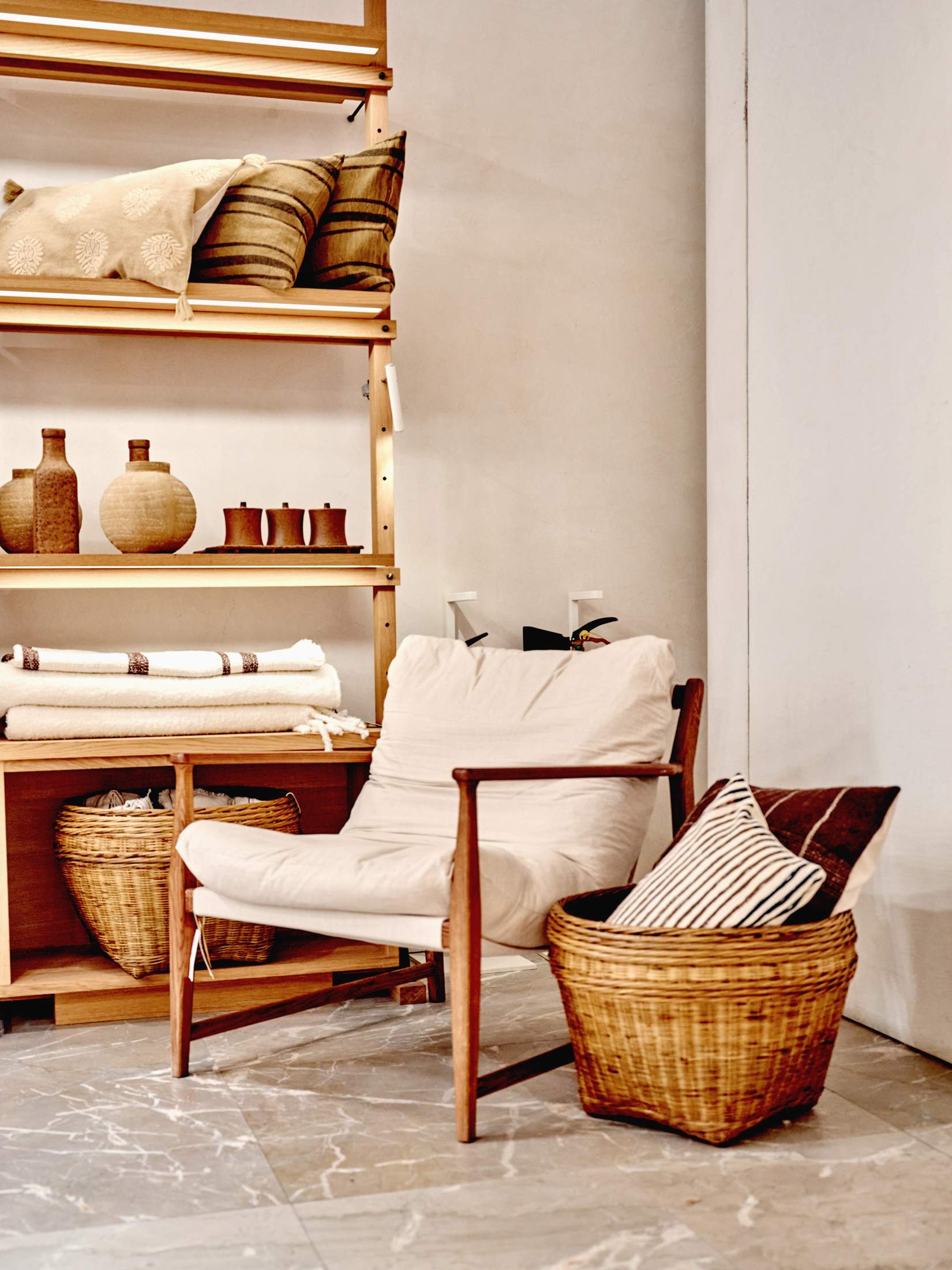
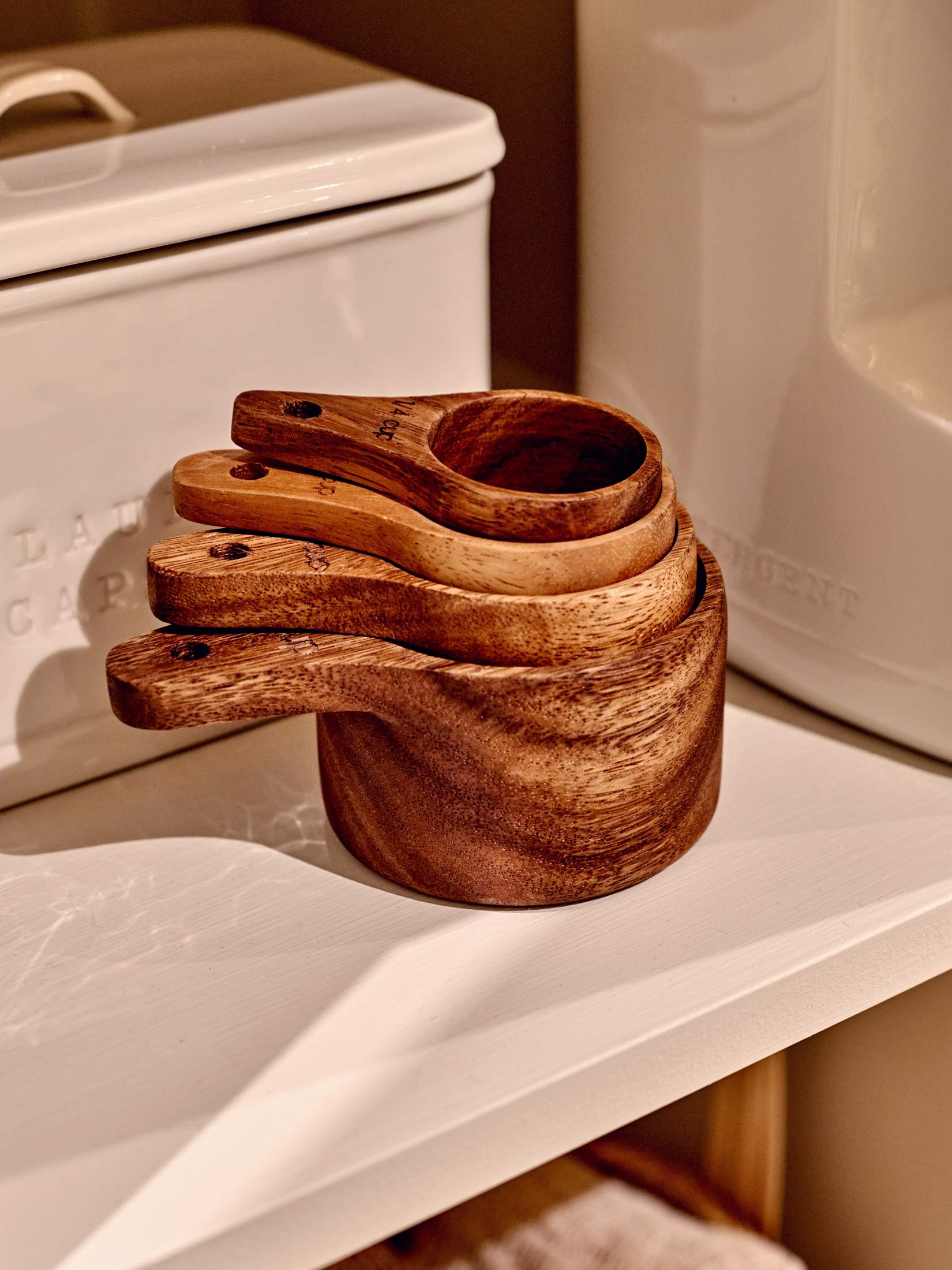
Zara Home is also investing in bricks-and-mortar retail. It recently made waves with a new flagship shop on rue du Bac, an iconic street on Paris’s Left Bank – a short distance across the river from Kave Home (see next spread). The shop’s crown jewel is its mezzanine, dubbed “the Apartment”, where Van Duysen’s plush sofas sit alongside vintage furniture. “We wanted to create a space where people could imagine living with these pieces,” Lorena Mosquera, director of Zara Home, tells monocle when we tour Inditex’s HQ in A Coruña. Here, the first Apartamento occupies the top floor of Zara’s home city flagship. “It’s about offering something people want to touch, feel and keep for a long time,” she says.
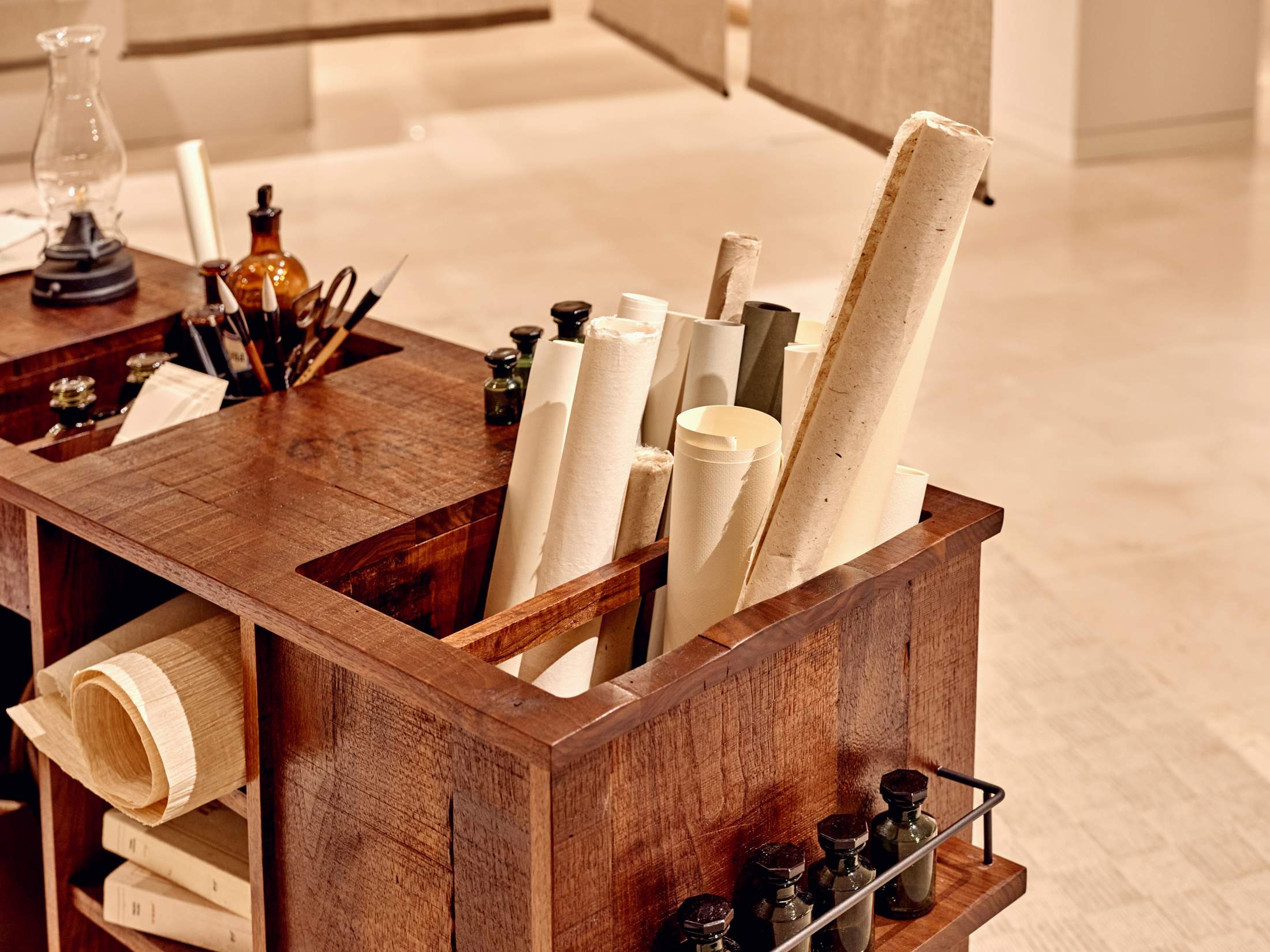
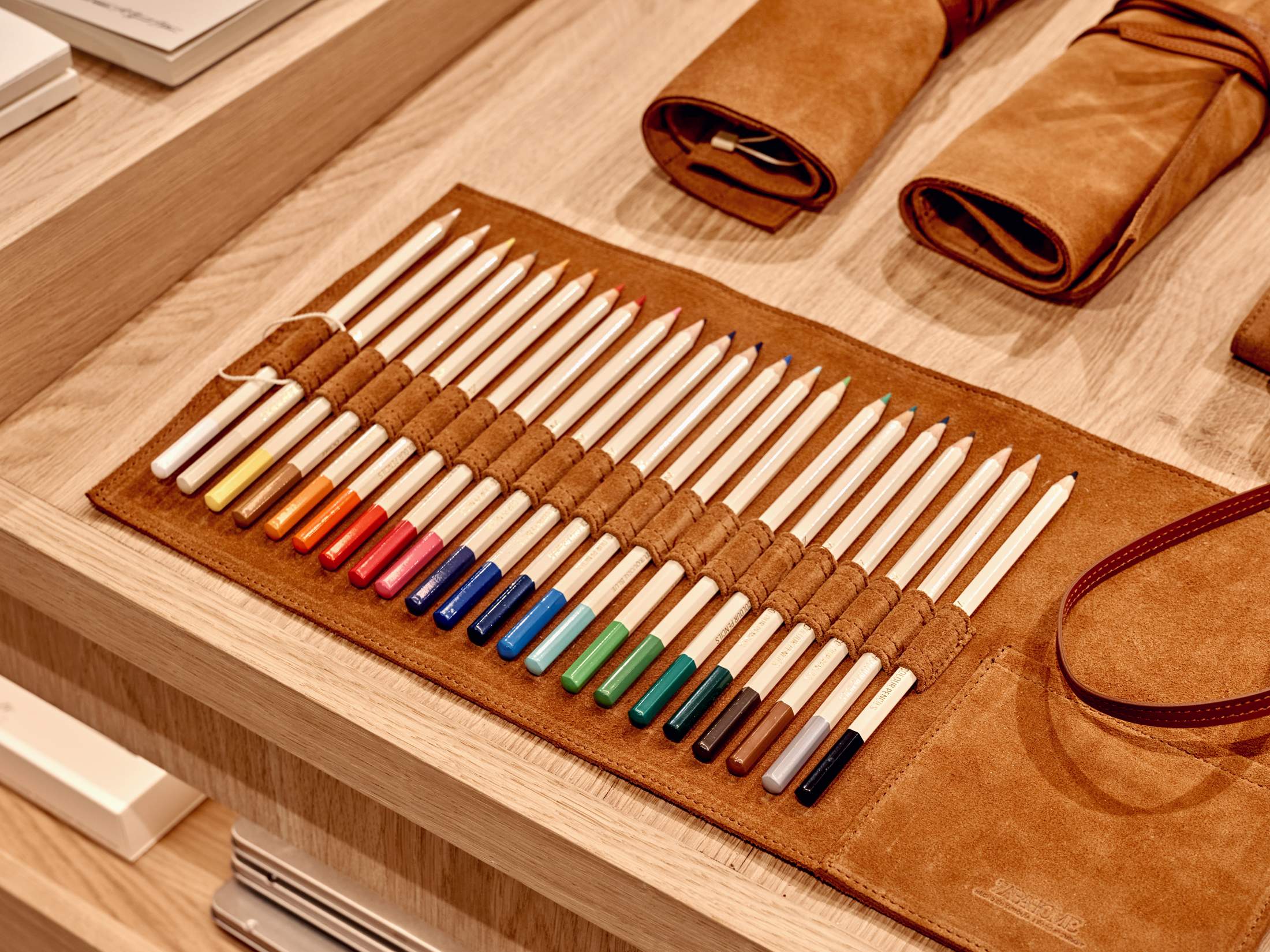
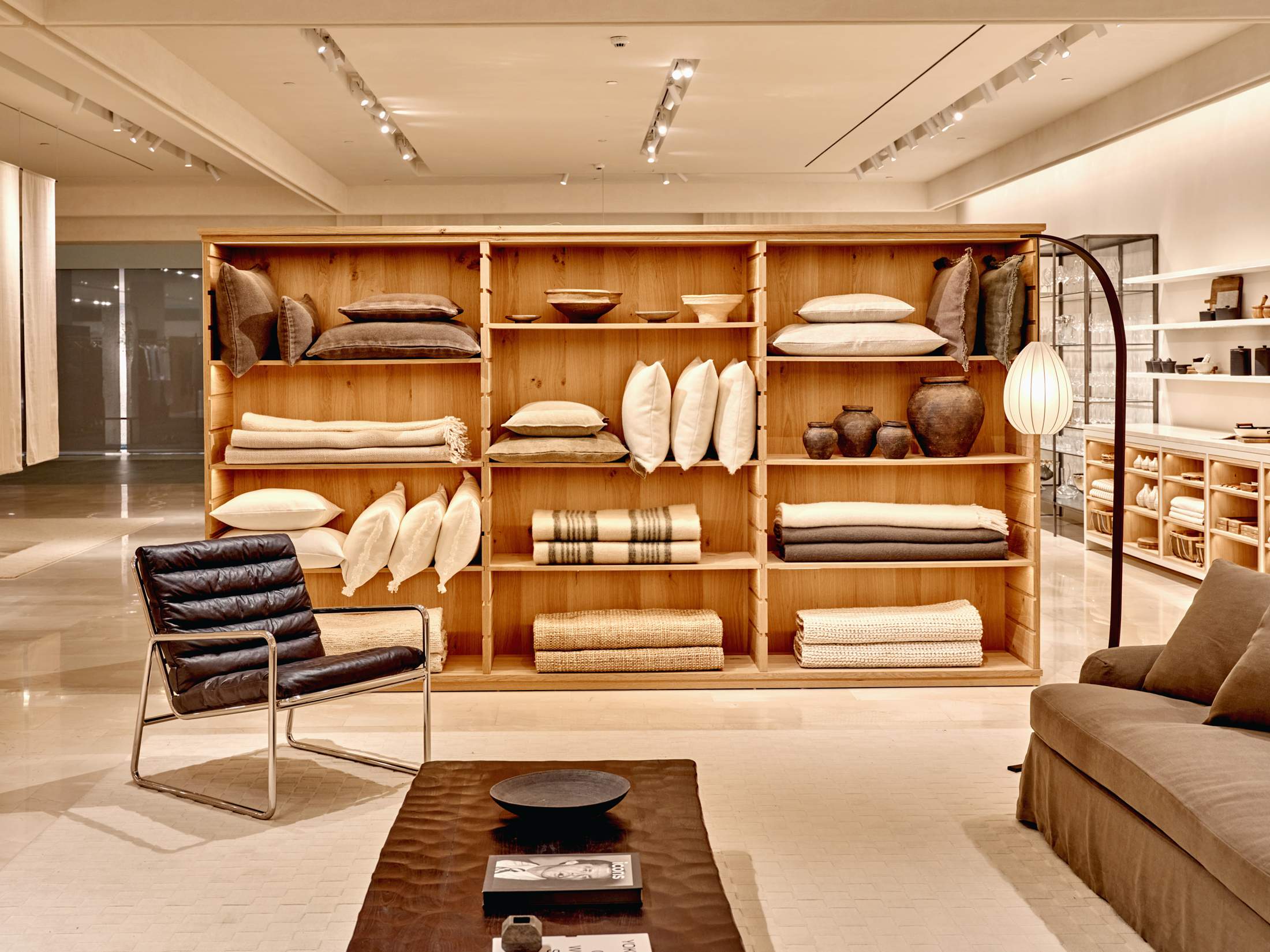
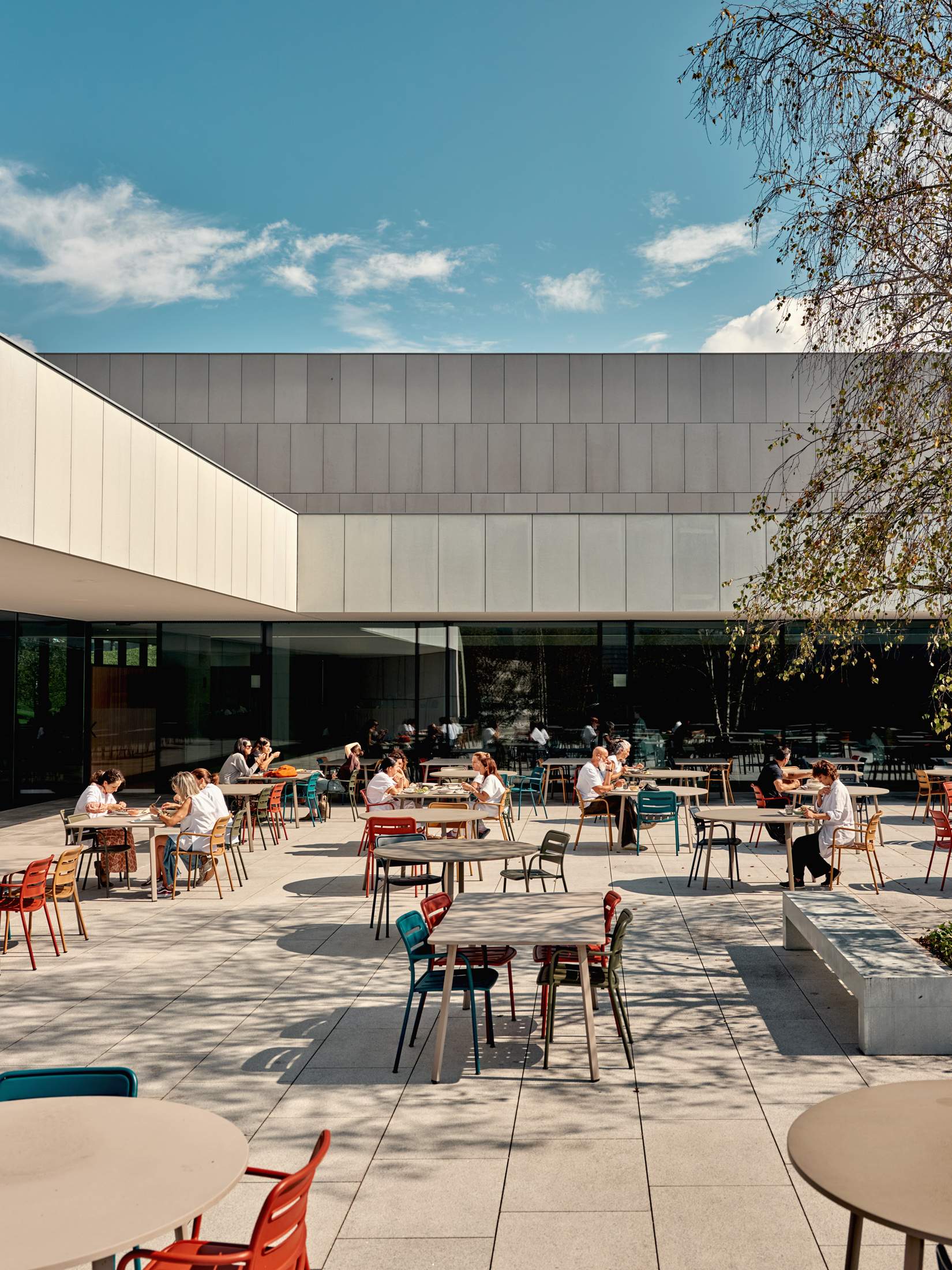
This move towards high-end yet accessibly priced furniture speaks to the broader evolution of the brand. No longer content with just offering stylish, affordable fashion, Zara is now aiming to provide a complete lifestyle. The collaboration with Van Duysen is not just a collection but rather a statement that Zara Home is ready to compete in the luxury and furniture space. “We want to offer pieces that communicate calmness and durability,” adds Mosquera. “It should last over time.” And consumers seem to be responding. Zara Home has enjoyed a significant increase in its annual sales in recent years, reaching about €630m in 2023. Meanwhile, works by the likes of Van Duysen for Zara Home are becoming collectable pieces of furniture, suggesting that this is much more than a mere flash in the pan.
zarahome.com
the family firm
Kave Home
Girona
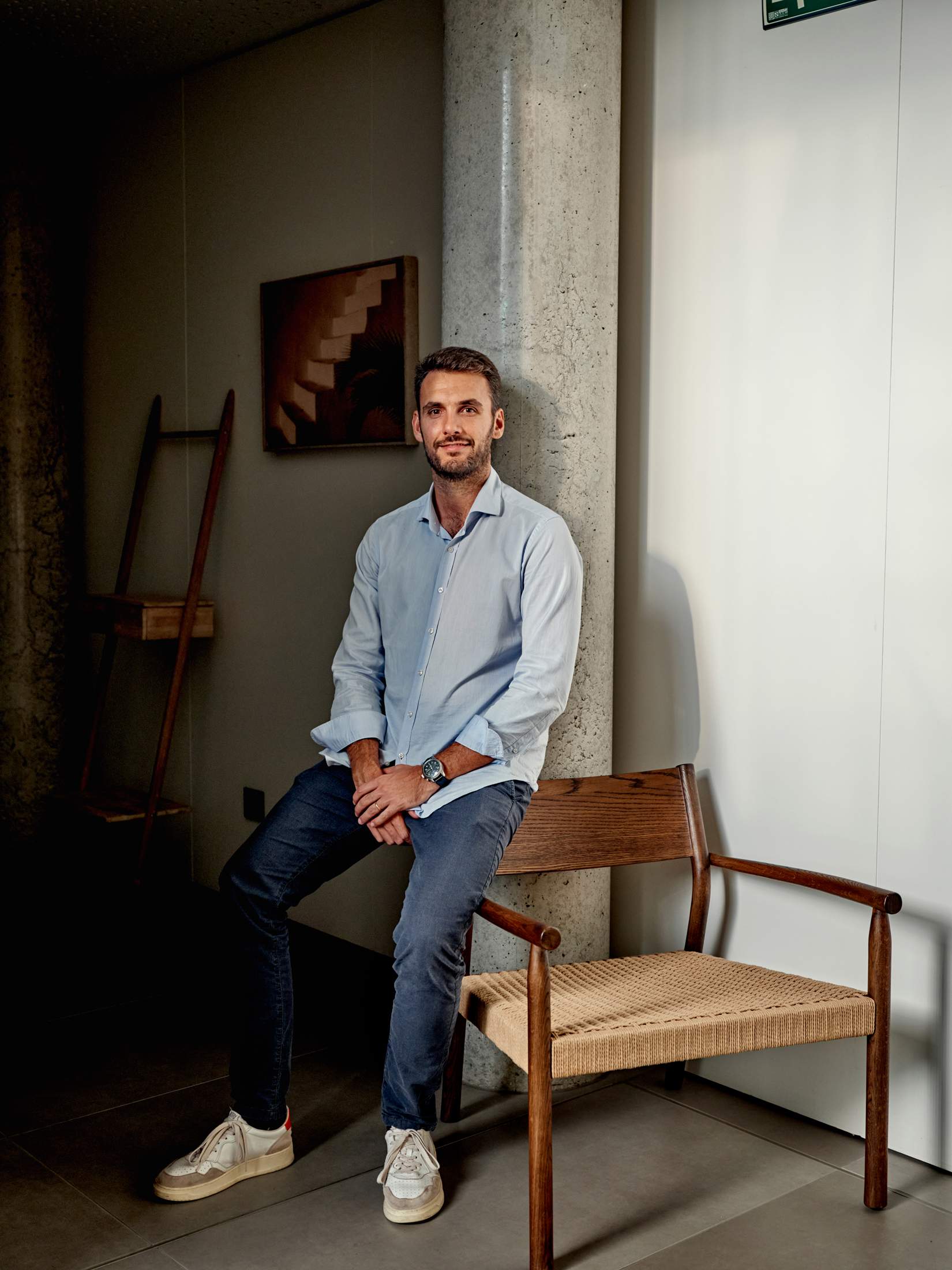
Many of Spain’s furniture industry stalwarts began as family businesses and have been passed down through the generations. For some, the secret to continued familial success lies in combining a humble, homegrown approach with a product that doesn’t break the bank. Take Kave Home, a furniture-maker based in Catalonia disrupting the market with a mix of craftsmanship, digital innovation and bricks-and-mortar retail.
Founded by Francesc Julià Gelabert in the 1980s, the company began as a mattress distributor before expanding into furniture. It embraced e-commerce early and became one of the first in Europe to launch a digital b2b shopping portal. This investment in digitisation paid off, allowing it to control distribution and expand its mattress services internationally, before launching its own design brand in 2013. Following impressive growth through its first six years, Kave Home opened its first shops in Spain in 2019.
While its online sales continue to boom, momentum has not slowed for its physical outposts either, with the brand expanding its retail operations abroad. Its first shop in Paris, a short walk from the Louvre, opened in October, while there are plans afoot for more in Milan and Rome. This expansion has been complemented by the successful launch of franchise establishments in locations as far afield as Guatemala, Bulgaria, Iceland and Singapore, giving Kave Home more than 100 additional points of sale across 50 countries. All of this helped the company to finish the most recent financial year with an impressive 30 per cent growth, driving its revenue beyond €200m.
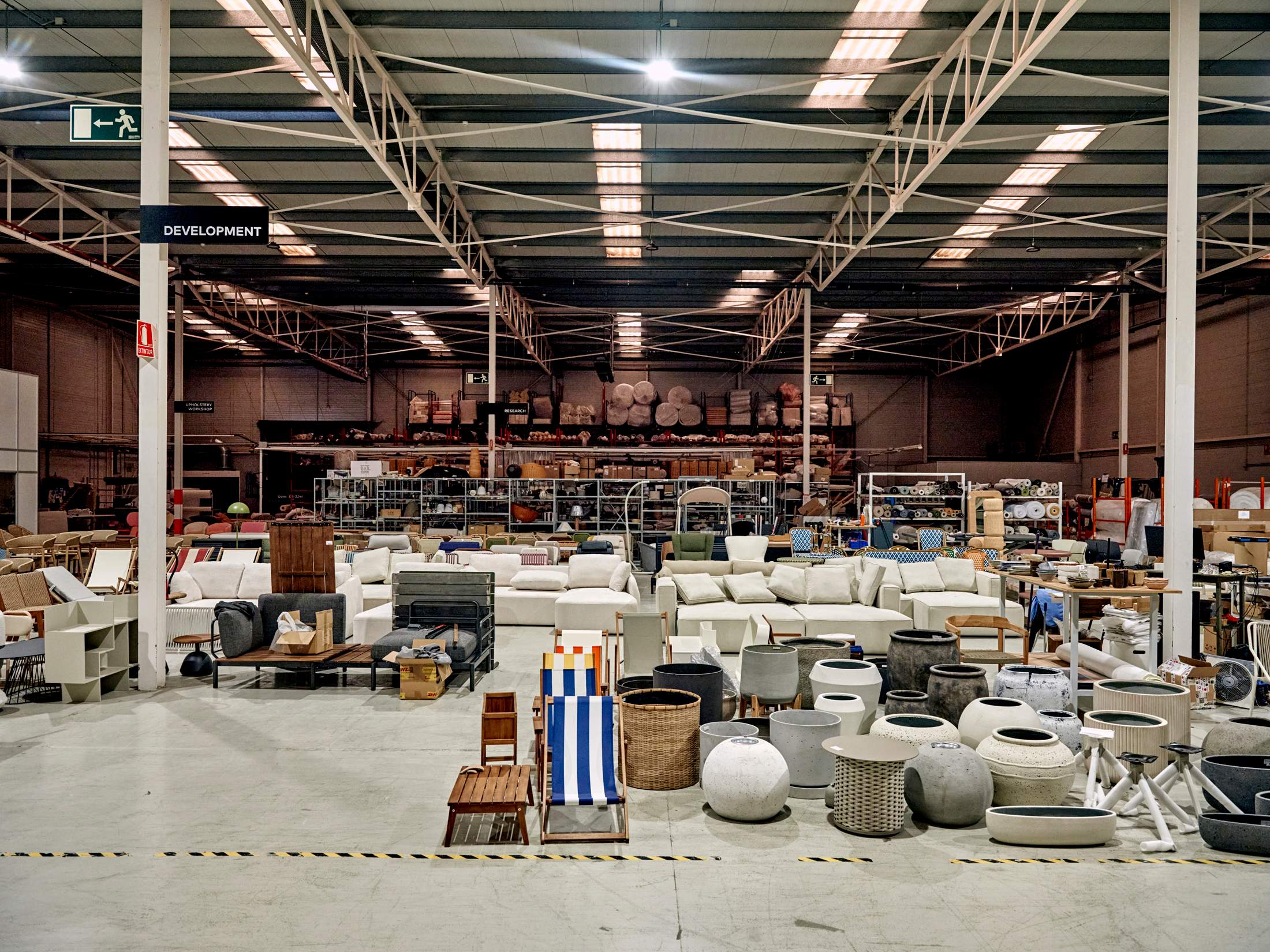
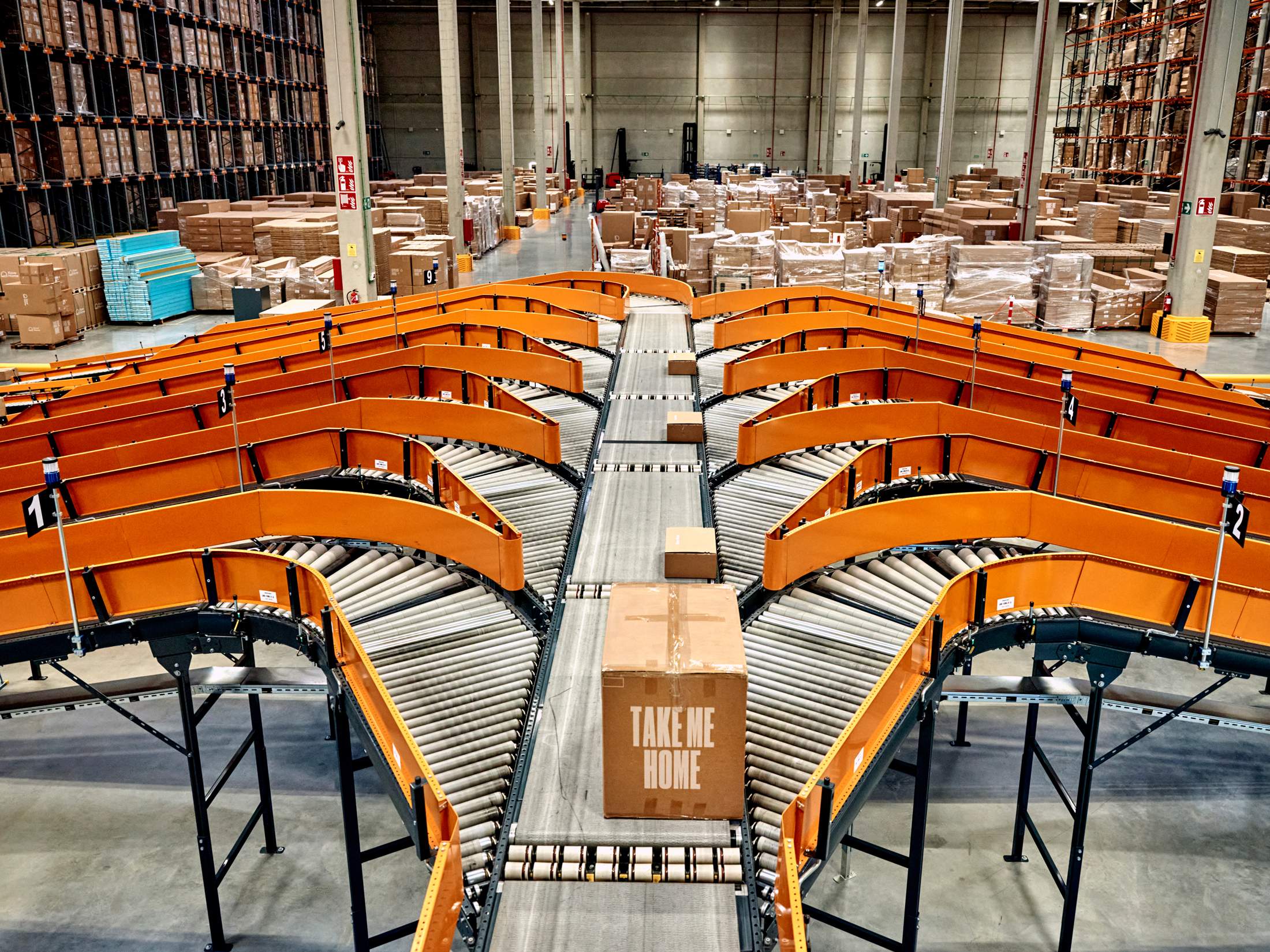
Though the accessibility of its direct-to-consumer and retail operations is important, the Catalan brand still relies on its ability to deliver high-quality furniture. “The focus has always been on having our own designs and a quality-price ratio that is attractive,” says Julià Gelabert’s son, Francesc Julià Ametller, who leads the company as ceo while his father focuses on design operations. “We want to make excellent products accessible to as many people as possible.”
It’s not just about affordability either, says Julià Ametller. Like many other Spanish brands, Kave Home is riding the wave of the pandemic-driven desire for more refined home environments. “Many of us, especially us southern Europeans, used to live with our backs to our homes because we spent more time outside,” he adds. “But people are now more willing to invest in the best pieces.”
kavehome.com
the fair
Feria Hábitat València
Valencia
Perhaps the best place to take the temperature of this Spanish surge is the annual interior-design and furniture fair Feria Hábitat. Founded in 1963 in a region known for innovating bentwood furniture in the early 20th century, the showcase has a history of highlighting the best in Spanish design. This year’s event, held in the 96,000 sq m Feria València, hosted nearly 1,000 exhibitors (80 per cent of them Spanish) showcasing interiors, textiles and kitchen industries.
Daniel Marco, the fair’s director, sees the event as more than a display of products – it’s a manifestation of a growing movement. “Spanish design has been around for many years,” he tells monocle. “But what we’re seeing now is a consolidation of what it means to express the Mediterranean lifestyle. It’s about sustainability, wellbeing and a deep connection to natural materials.”
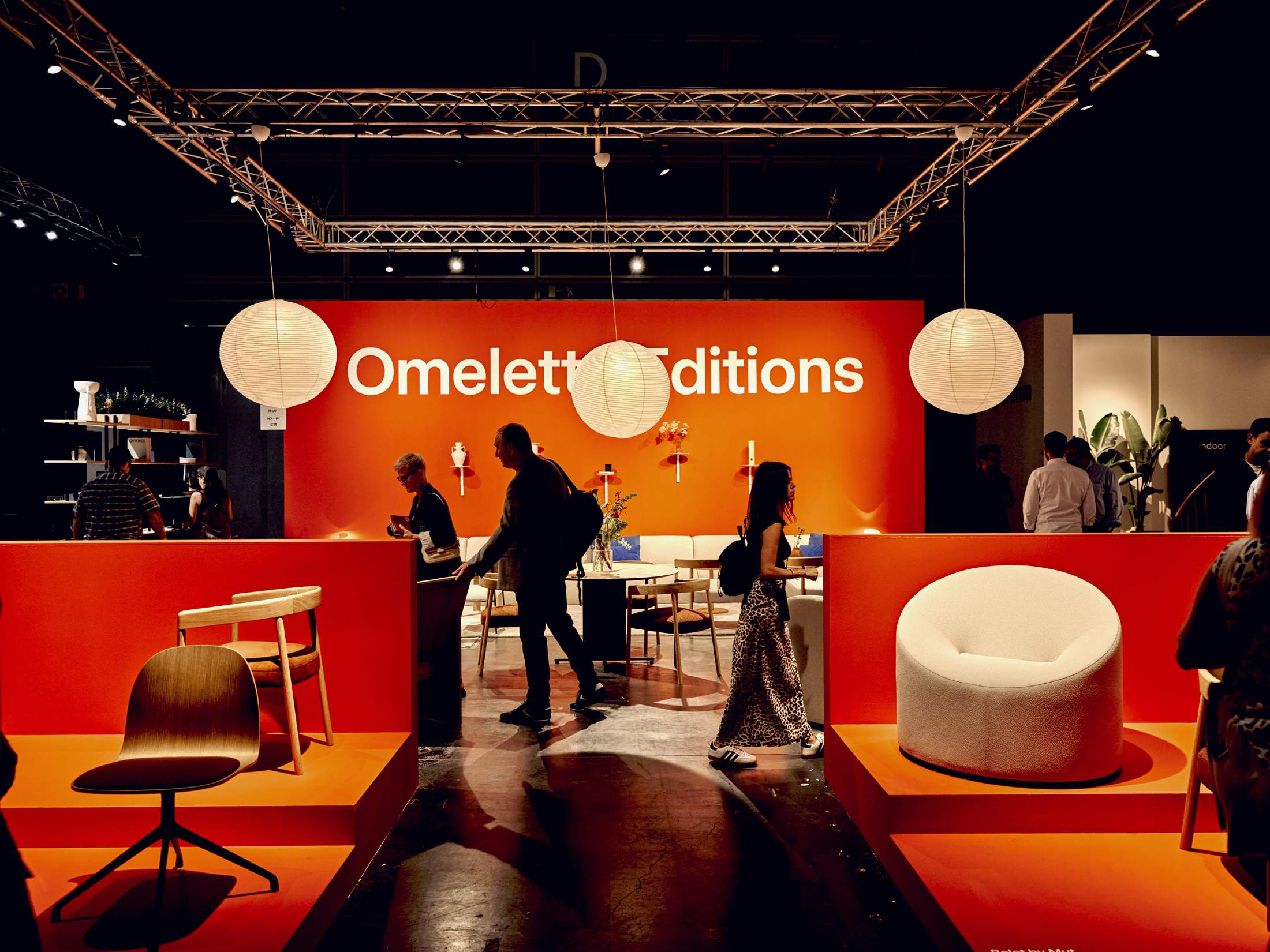

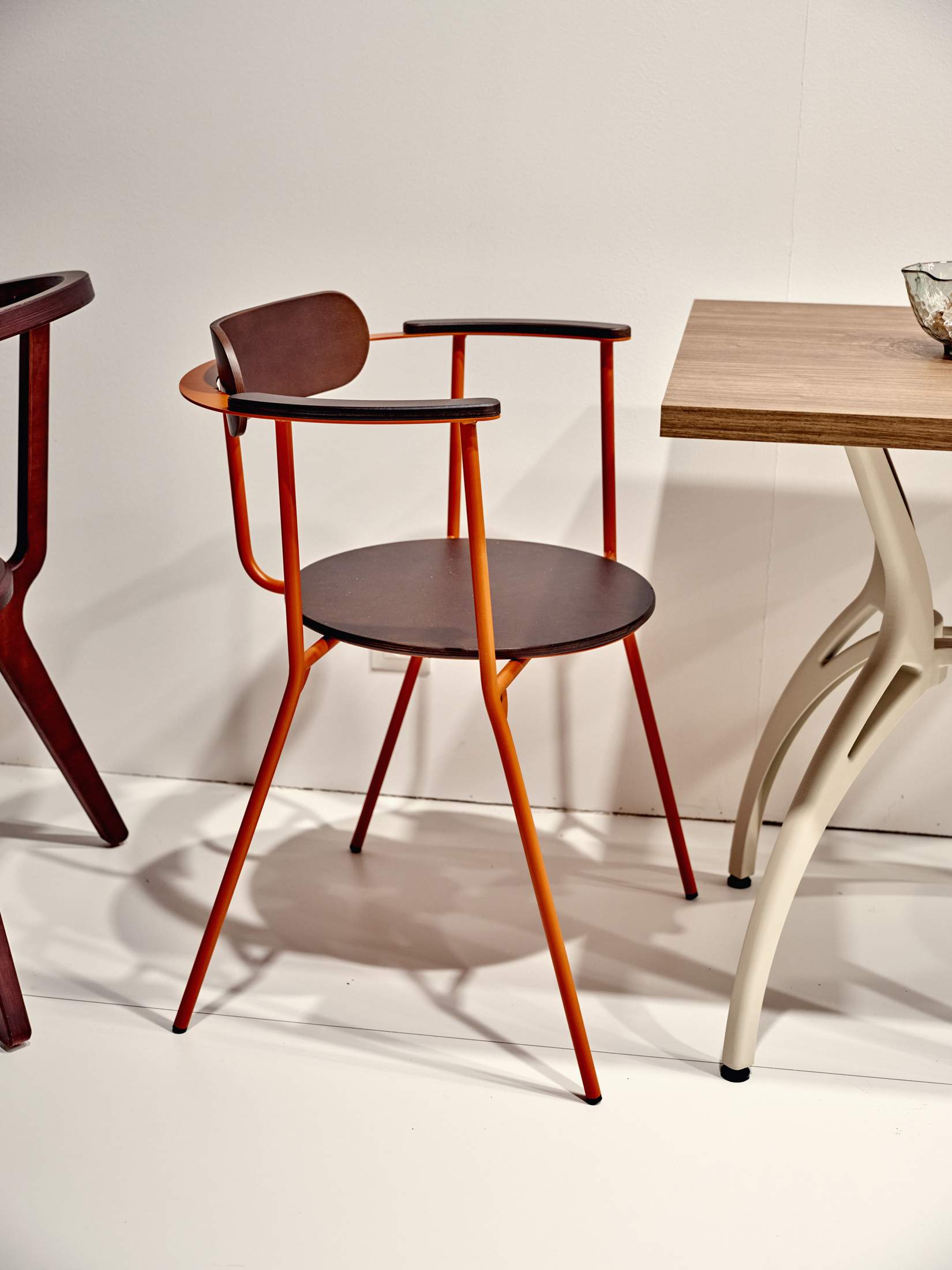
This year’s trade show featured an installation by Héctor Ruiz Velázquez. The Madrid-based architect created a conceptual hotel within the fairground, furnished with Feria Hábitat brands that have solid sustainability credentials. “We’re seeing design that is timeless, functional and sustainable, and seeks a sense of wellbeing,” says Marco. At the fair, this was seen in the form of soft wooden textures, stone accents and colours that evoke the warmth of the Mediterranean coast. “Some are calling it ‘warm minimalism’. Companies are looking for furniture that fits with the minimalism that new generations are looking for but that is also welcoming and says something about you.”
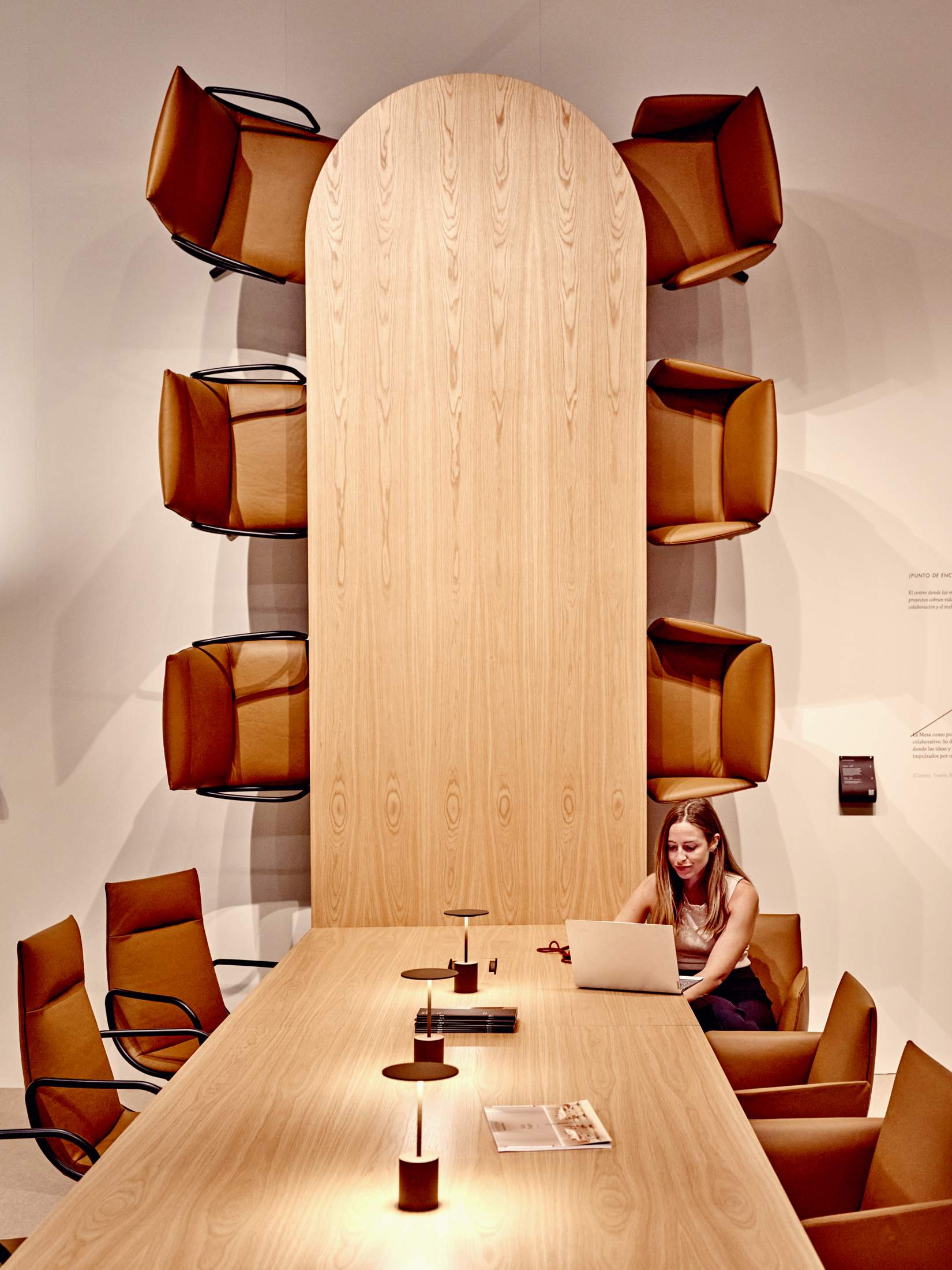
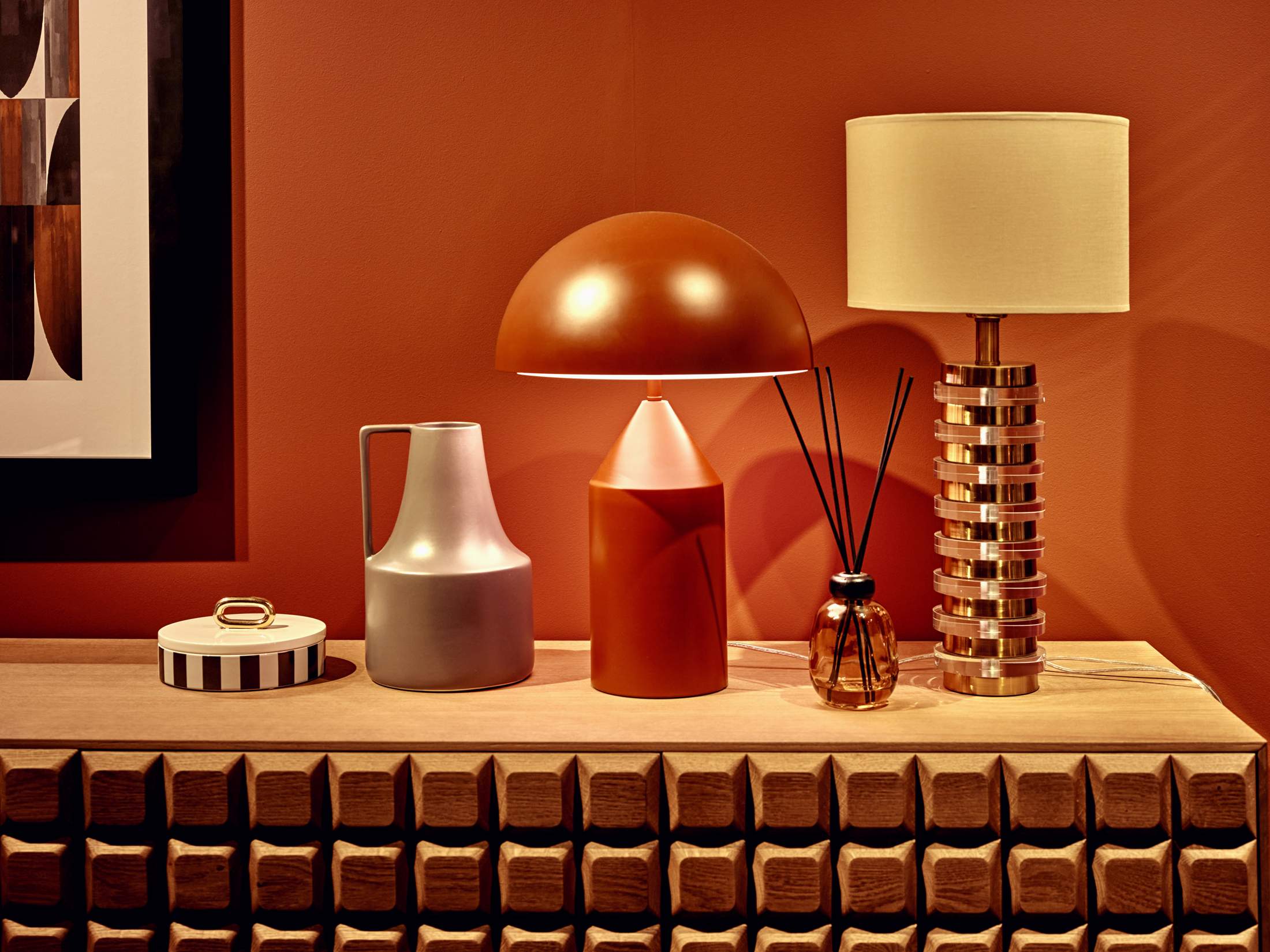

In addition to defining a new look and feel for furniture makers, the fair plays a role in generating business opportunities for Spanish brands. Feria Hábitat’s work connects the Spanish furniture industry with overseas buyers, developers and architects in a bid to facilitate creative exchange and commercial expansion for brands. Of the 45,000 industry professionals who attend, 15 per cent come from abroad, many from Europe and North America.
Successful international business partnerships have been forged through the fair. At the 2023 edition, leading US architecture firms were scoping out furniture to kit out a host of different projects, while a Valencian exhibitor signed off on a deal to furnish thousands of rooms in a new hotel complex. “Buyers do not come from just Spain but from all over the world,” says Marco. “We have buyers and others of an exceptionally high level who now see what our industry is capable of.” feriahabitatvalencia.com
Three brands to watch:
Sklum, Valencia
Sklum produces a wide range of home furnishings, from sofas and dining tables to lighting. As its Nordic-sounding name suggests, the brand’s distinctive style blends Scandinavian minimalism with Mediterranean warmth.
sklum.com
Decowood, Catalonia
Specialising in pieces made from reclaimed wood, Decowood offers a unique collection of dining and coffee tables, and shelving units. Its environmentally minded approach to home furnishing has made it a hit with eco-conscious buyers.
decowood.com
The Masie, Valencia
With a focus on e-commerce, The Masie offers a well-curated collection of sofas, armchairs and coffee tables. Defined by clean lines, natural textures and bold pops of colour, the Valencia-based outfit is beloved for its playful take on home furnishing.
themasie.com


